Reading, Writing and Phonics
Reading
At Helmingham, every child starts their reading journey through a colour coded scheme that has a phonetic focus. Once they have worked their way through all the colour stages, they move onto the Accelerated Reading scheme. This allows them to build develop their comprehension skills through a range of both classical and contemporary authors.
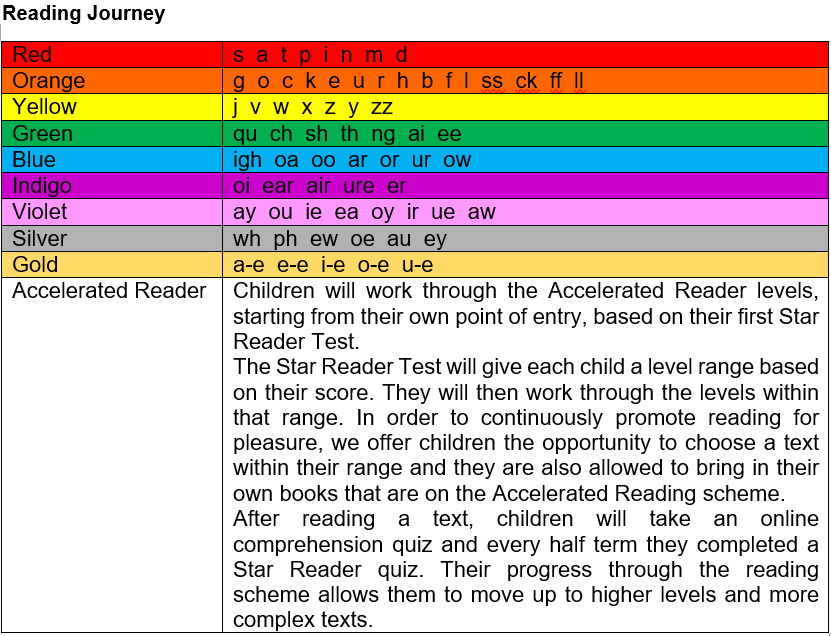
Whole Class Reading
At Helmingham, we follow a Whole-Class reading structure where the whole class engage in the same text with differentiated questioning and resources to help them build on their reading and comprehension skills. Alternative texts are provided in small group settings for those children who cannot access the chosen text. We aim to expose children to a wide variety of fiction, non-fiction and poetry in these reading lessons based the topic and interests of the children.
As a class engage with a text, lessons take the following structure:

Prepare: Children are prepared to read the text through: prediction activities; learning about the author; and pre-teaching tricky vocabulary that they may come across in the text they are about to read.
Read and React: Both teachers and pupils engage with reading the text. Pupils are encouraged to react both whilst reading and after reading through differentiated activities that are aimed at building their understanding of the text as a whole. At this stage, a focus is placed on retrieving information from the text they have just read. Children are encouraged to ask questions and engage in discussion in order to deepen their understanding.
Process: Pupils are encouraged to process what they have just read through activities focused on explaining, summarising and sequencing key information and events. Learning these skills allows children to understand what they have discovered from the text and interpret the writer's choices in order to build a more in depth understanding.
Explore: This final stage allows pupils to learn how to look deeper into a text and make deductions and inferences through choices made by the writer. The pupils learn how to analyse a text and find evidence to support their own thoughts and viewpoints.
writing
Writing Intent Statement
At Helmingham, we appreciate that writing is a major form of communication as well as an outlet for children’s imaginations and curiosity. We believe that providing a challenging and inspiring curriculum, that teaches the skills behind good writing whilst embedding a love for the written word, is every child’s right. Through discrete spelling, punctuation and grammar lessons, we allow children to identify, practise and apply key techniques that allow children to strengthen their skills in writing composition. At Helmingham, we believe that writing should be a joy, so we aim to provide engaging, topic based writing opportunities as part of a cycle that allows every child to write based on experiences, their knowledge, their interests and varied abilities.
Our Writing Cycle
Writing lessons at Helmingham are based heavily on our topics. We focus on teaching writing for a purpose and ensure that, over the course of the academic year, pupils will have the opportunity to entertain, inform, persuade and discuss, through the following styles:
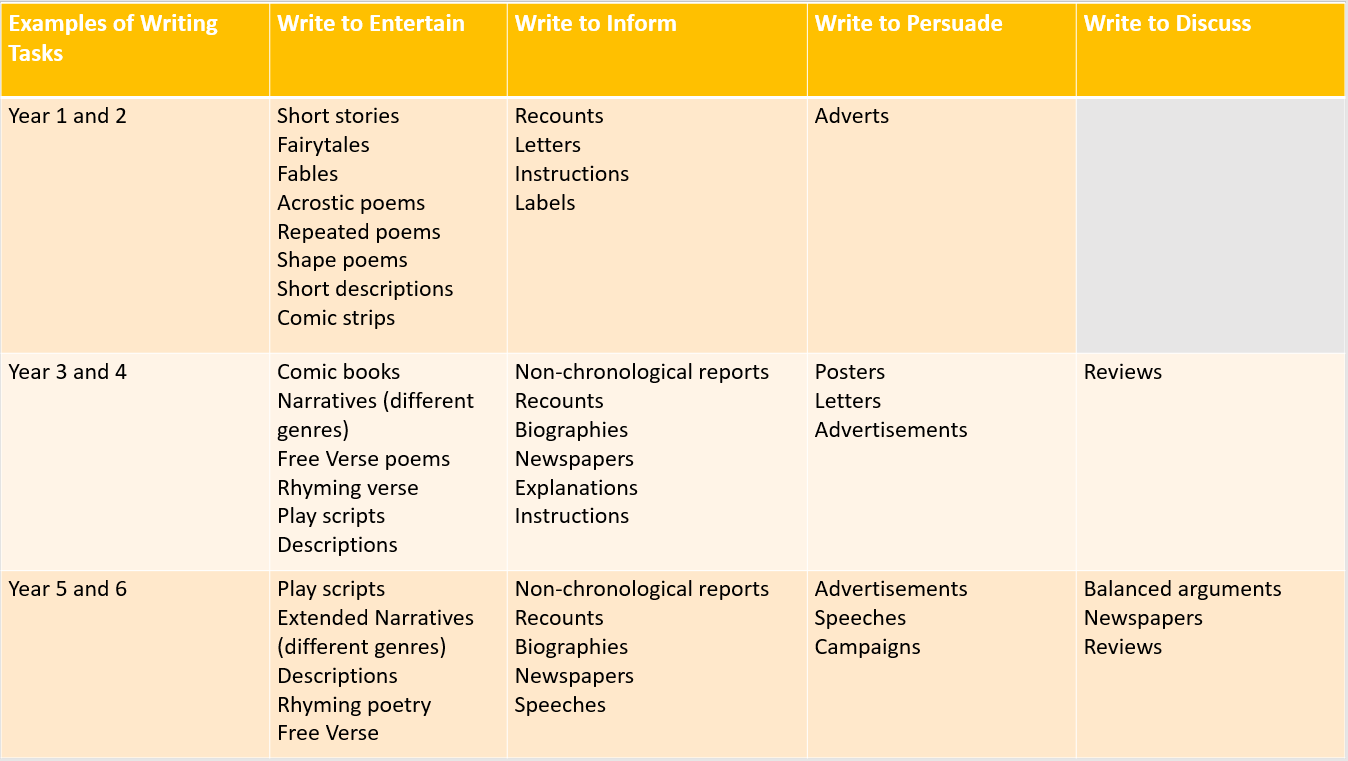
Writing tasks are structured through the following cycle:
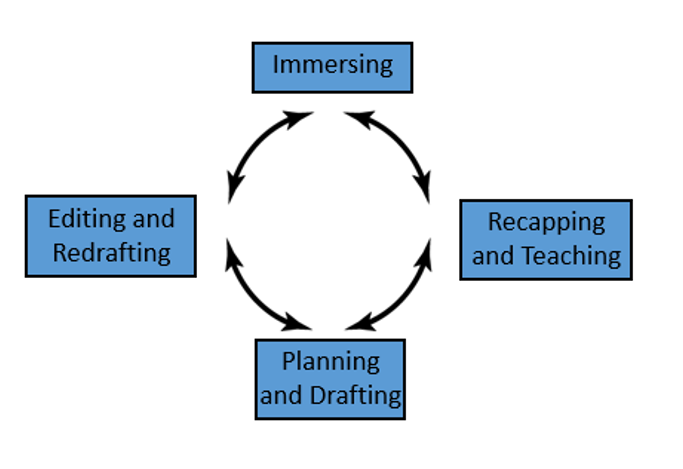
Immersing: At the start of a writing cycle, the children are immersed in their writing subject. This may involve a variety of cross curricular activities using art, drama, reading a particular text or even going on a school trip. This is an important starting point that gives pupils an experience on which to write about, rather than expecting them to write about something that is abstract to them.
Recapping and Teaching: At this point in the cycle, the teacher focuses on recapping and teaching key skills that will allow the child to write successfully. These lessons will involve looking at the language, structure and grammatical and punctuation skills.
As part of this section, lessons in developing sentences through spelling, punctuation and grammar. Key grammatical and punctuation skills are taught through the following three steps in order to develop a deep conceptual understanding of the skills:
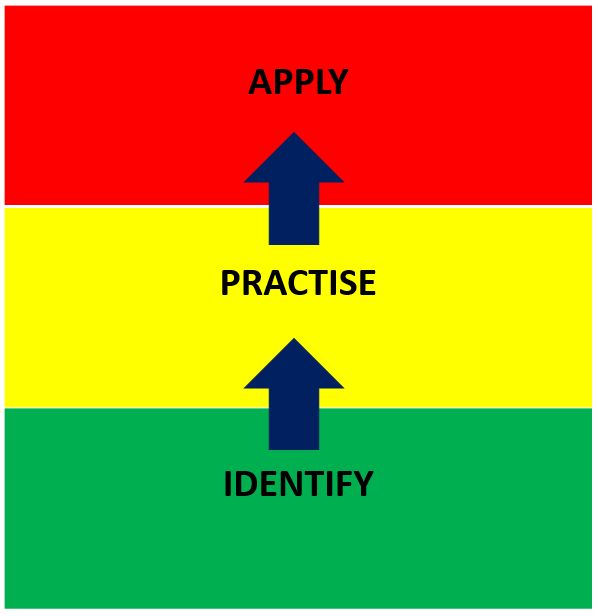
Planning and Redrafting: As soon as the teacher feels confident that the children have a strong understanding of what they are writing, why they are writing and how they are going to write it, pupils then move on to plan and write their composition. This first draft will then be marked by the class teacher before moving on to the last and final part of the cycle.
Editing and Redrafting: This final stage gives children the opportunity to look at their work, edit it and then take a section of their writing to redraft and improve it. Time is taken to teach our pupils how to edit and improve effectively and teacher's continuously encourage pupils to identify where they can upscale their writing.
Spelling
Spelling
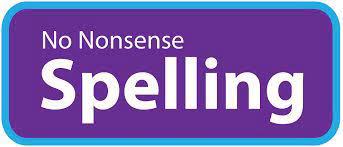
Spelling throughout Key Stage 1 and Key Stage 2 is taught using the No Nonsense Spelling Scheme. Children follow the school's phonics programme until they are fully secure in all six phases in Key Stage One before moving on to the No Nonsense Spelling programme. The programme focuses on building on their phonetical understanding by learning key spelling rules and exceptions. Time is taken to not only teach the rules but also to embed strategies that help children to practise and understand these rules, in order to apply these to other words in the English language.